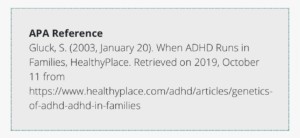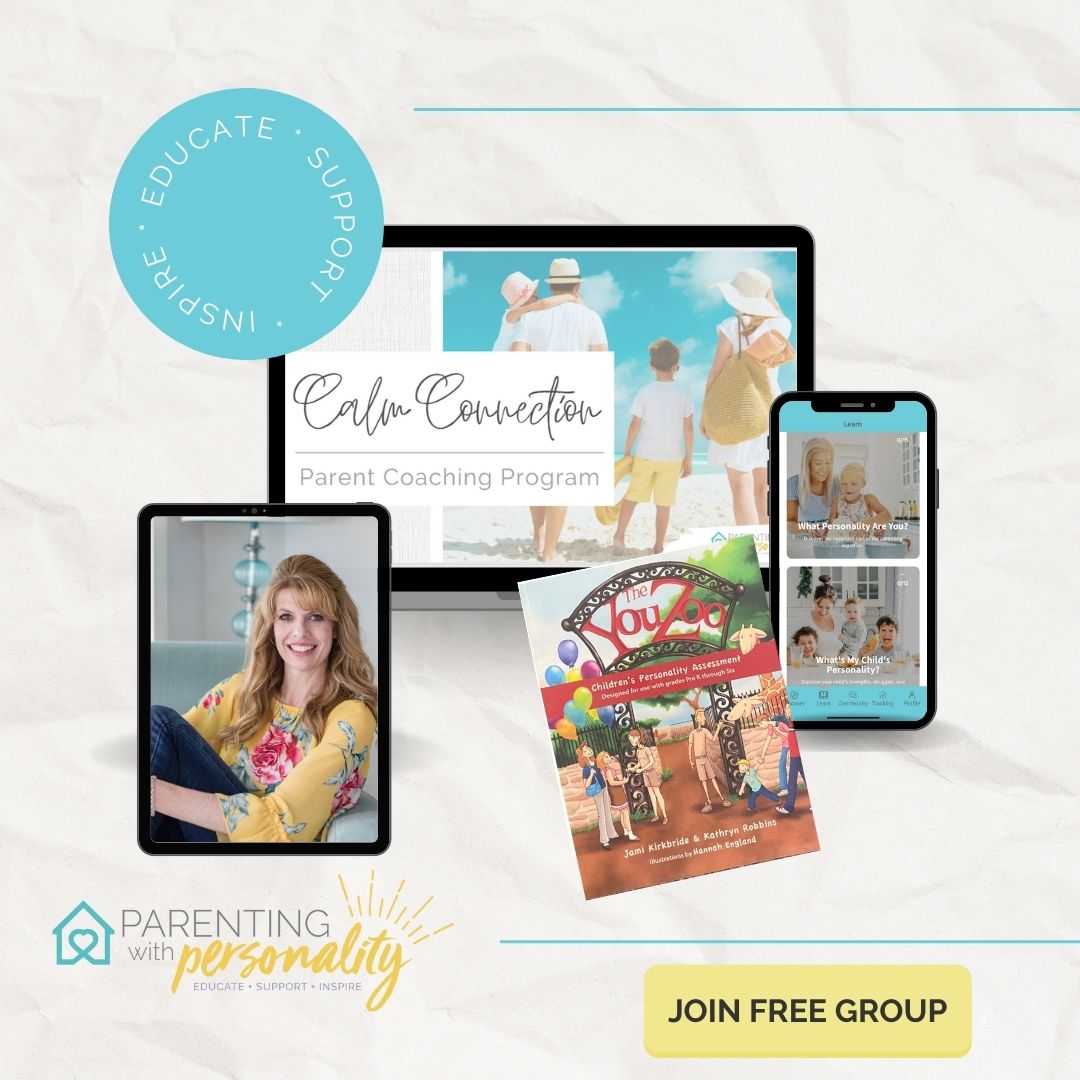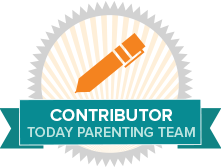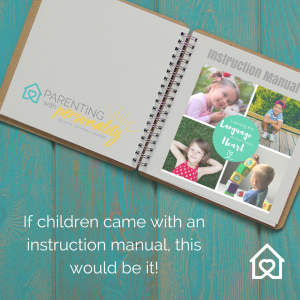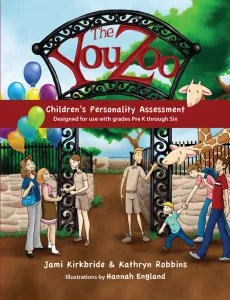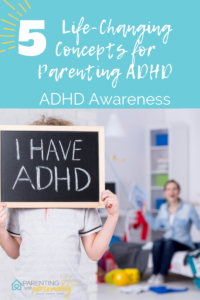
October is ADHD Awareness Month. I can’t help but stop and help raise much-needed awareness for something many families are battling and desperately needing support and resources to walk the course. Our own family has been affected by this diagnosis. It’s not just the individual’s issue. It affects the whole family. To follow our journey with ADHD and SPD, check out this past blog post: The Big Challenge of Raising Kids Who Need Extra, where you will find some helpful free resources.
ADHD is a neurodevelopmental disorder, or more accurately it might be described as a neurodevelopmental delay. Research has helped us come a long way in our understanding of ADHD. And in this 3-part blog series, I’d like to shed some practical light and helpful perspectives on understanding and parenting your child with ADHD. These are some of the very concepts that have helped me get some momentum in our own journey with ADHD and co-existing conditions. I hope these concepts can be as life-changing and encouraging to you as they have been to me.
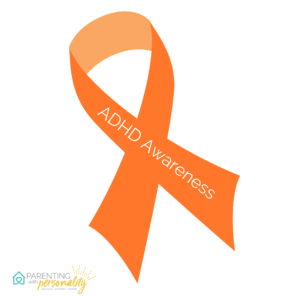
Many years ago, it was thought that ADHD was simply those loud and active kids that couldn’t sit still or focus. They might appear “naughty” or out of control to those observing and might be impulsive or hyper. I will be the first to admit how easy it can be for people to sit in judgment of ADHD and figure it is just an excuse for lack of discipline or good parenting. While there may be situations where that’s the case, let’s not let that define or confuse the vast majority of cases.
Thankfully, we have moved far beyond those simplistic ideas or judgments about ADHD and realize that while those few behaviors or traits may be present, they are but the tip of the iceberg! Unfortunately, for those who have not taken time to research or learn about ADHD, they can be stuck in some of that faulty thinking. You might want to check out the past blog 10 Things Everyone Should Know About ADHD complete with free resources for your use.
Let’s Look at the Statistics
It is estimated that nearly 7.5% of school-age children are affected by ADHD. Boys are affected three times more often than girls. Studies reveal that 15% and as high as 40% of children with ADHD will have at least one parent affected by ADHD as well. This suggests a high likelihood of a genetic component. It is also estimated that when a child has ADHD, there is a 20-25% chance that a sibling will have the disorder as well. These statistics give a clear indication of the impact ADHD can have on families.
Children are usually diagnosed by the age of 7, with many symptoms first appearing between the ages of 3-6 years. Children may experience mild, moderate, or severe ADHD.
Symptoms of ADHD
The classic symptoms that might be easily identified include the following:
- Inattention
- Impulsivity
- Hyperactivity
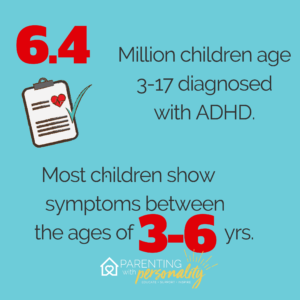
I prefer the explanation that ADDitude (ADDitudemag.com) uses for the symptoms of ADHD. This helpful online and print resource is a fabulous wealth of information. They liken ADHD to an iceberg. While the above symptoms might be the most obvious or apparent, they are but the tip of the iceberg. Just as 90% of an iceberg is hidden under the surface, so too are the other layers of ADHD. These other symptoms or conditions may include some of the following:
- Poor self-esteem and lacking self-confidence
- Inflexible thinking
- Emotional dysregulation/intensity
- Low frustration tolerance
- Developmental delays
- Lacking maturity in relation to peers (2-3 years behind)
- Executive functioning difficulties
- Self-regulation challenges
- Poor communication skills
- Skill deficits with planning and organizing
- Co-existing conditions related to learning
- Mood disorder, anxiety, depression, etc.
- Conduct disorder
- Problem-solving difficulties
- Time management problems
- Difficulty with social skills
- Lack of motivation or task initiation
- Time blindness (the distorted concept of time)
- Emotional meltdowns
- Sensory processing difficulties
As you can see, there is far more going on than what people may first associate with ADHD. And as you might imagine, having issues with several of the above could be pretty disruptive to life!
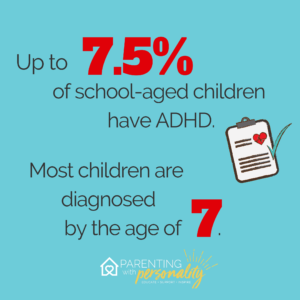
Five Key Concepts
There are five key concepts that I have found extremely helpful (and encouraging) as our family has begun to navigate this course. And I’d like to share them with you. If your family is also on this journey you may benefit from these reminders as well. If you aren’t on this course, it is safe to say you will at some point know someone who is on this journey. Please keep these things as mind. They may increase your level of understanding and decrease the rash judgments you may have otherwise made.
- ADHD is a neurodevelopmental delay. A child with ADHD can be up to 30% (2-3 years) behind his peers in maturing.
At face value, that statement is truly helpful to remember in dealing with your child. So when they seem immature, aren’t making age-appropriate decisions, or frustrate you because they seem to be doing something you feel you’ve already covered before. There is a reason! But there is even more to this statement than what we first see. Not only are they behind right now, but when they were at the age that they might more accurately be now, their brain was not taking in things at that age. At that age, they were not able to take it in and do anything with it. Their brain was busy with those concepts that were 2-3 years back from then.
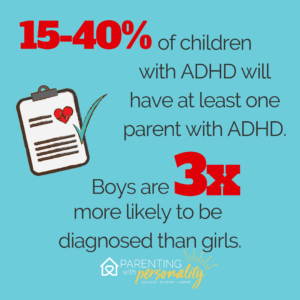
For example:
My nine-year-old walks into the pantry and emerges with 3 granola bars, 2 protein bars, and 4 fruit snacks. He carries them quickly around me as if he’s sneaking them, but it’s obvious to me that he is up to something. Honestly, my first thoughts might have been something along these lines, “How dare you! You know it’s not appropriate to take that many snacks! And do you really think I can’t see you! How sneaky and defiant! I thought I had taught you better than that. I know we’ve covered this before!” And at that moment, I feel like a failure and deem him some shade of naughty.
Putting this thought into practice though, I see his behavior as one that is definitely not nine-year-old behavior. I remind myself that a six-year-old may try something like that. I also remember that when we may have been covering those concepts back when he was six, his brain was working on taking in other skills that were back at 3 or 4. I take a deep breath and approach the situation with a whole new perspective, grant a little grace, and breathe.
Setting realistic expectations
“Hey, Buddy! Looks like you might be hungry! Let’s try again. Choose one or two things and just ask.” Based on his reaction, you might choose to use this as a training moment and talk briefly about manners, taking appropriate amounts of food, or asking permission. Or you may choose to leave it short and simple. And then you mark in your mind that this may be a manner to retrain at its right time…but soon!
As simple as this concept may sound, it has really helped me slow down and deal with things with less frustration and more understanding. And that is a win-win for both of us!
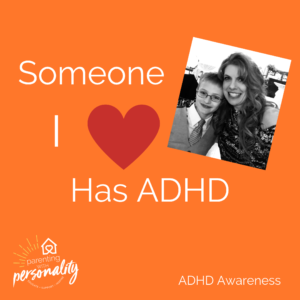
This was a very helpful thing for my child’s counselor and the psychologist to explain to me. I had heard the first part, but had never really digested the true meaning, which brings the second part into play. Now, things make better sense. I have to admit that I often felt like I was just failing since I continued to say a lot of the same things but didn’t necessarily feel like they were being taken in and understood.
This concept alone has introduced a new spirit of grace in my parenting. Does that mean that he doesn’t have consequences or that he is excused for poor choices? No way! But it gives me a better approach when I deal with him and helps me set up expectations that are more realistic. And that causes less frustration for both of us!
Getting outside perspective
The helpful insights and outside perspectives of other mental health professionals have been extremely useful. Even as a counselor, I need someone outside the situation (you might say on the balcony) that has less emotion involved to help me stay the course, trust my gut, and bounce ideas off of. The help we are getting through the Brain Advancement Center has been wonderful. Their support and education are incredible!
If you don’t have a team of people that can help you find perspective, talk things out, or encourage you….get busy recruiting! Teachers, counselors, psychologists, pediatricians, family, and friends—all are invaluable in this journey!
Coming up next
Part 2 of this blog series will introduce the next two concepts. Hint, hint… they relate to a book that was truly helpful! You won’t want to miss out! I hope you will join us next week as we talk about concepts number 2 and number 3. I will also share some resources that we have found beneficial

Then in Part 3, we will cover the last two concepts. Hint, hint…there is some good news in that blog. So, don’t miss it!
Feel free to copy and share the graphics from this post. You might even like to put you and your child’s picture over ours! That is just fine! I’d love to see this graphic on social media, spreading awareness for something so close to our hearts in this special month of education! To get the checklist, click the subscriber-only resource link in your email. To sign up for free parenting resources now, click here.
Let’s do this!!


